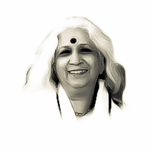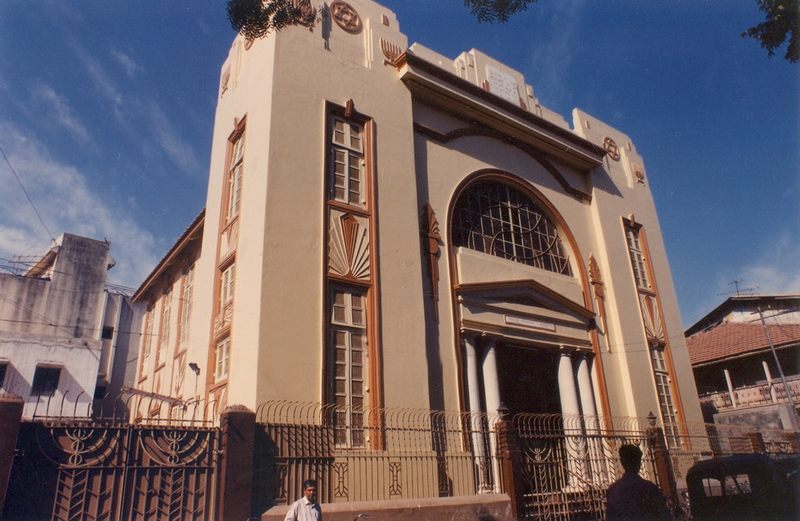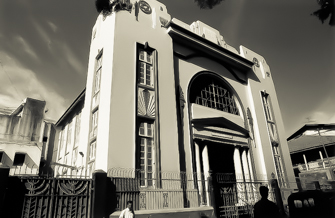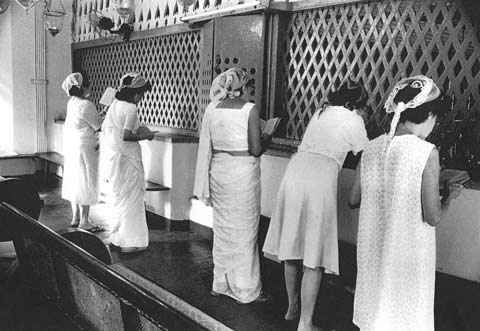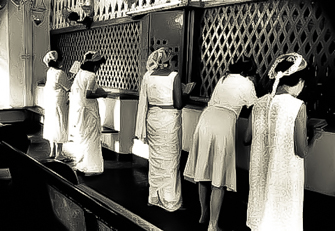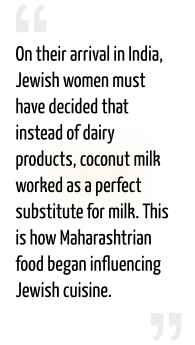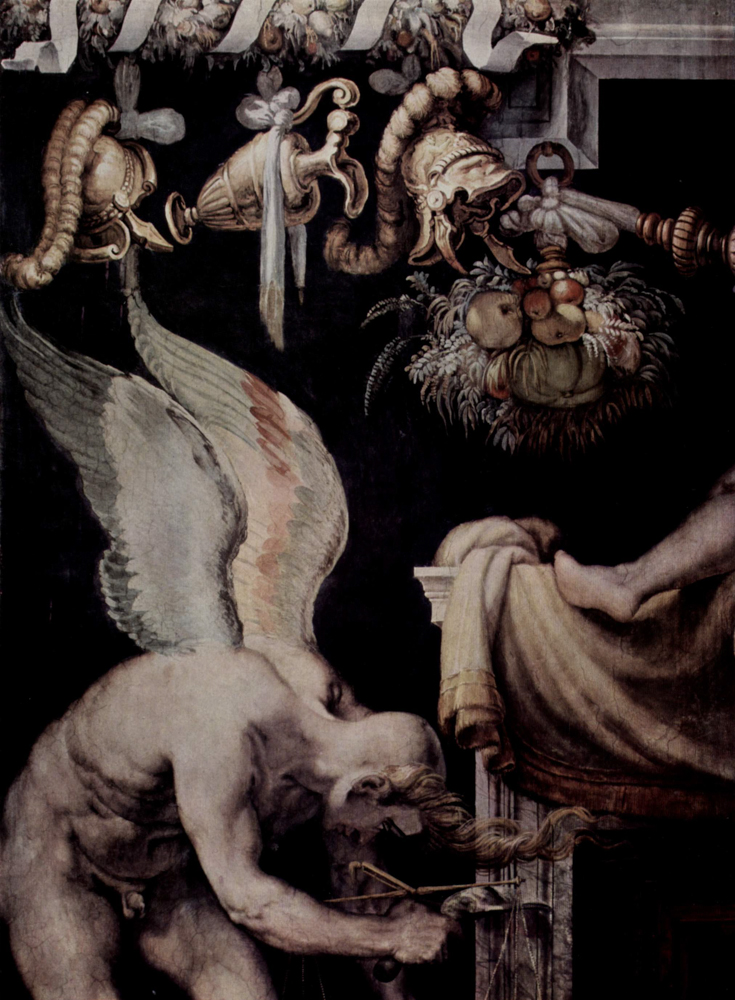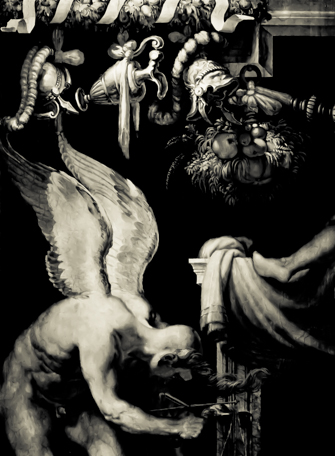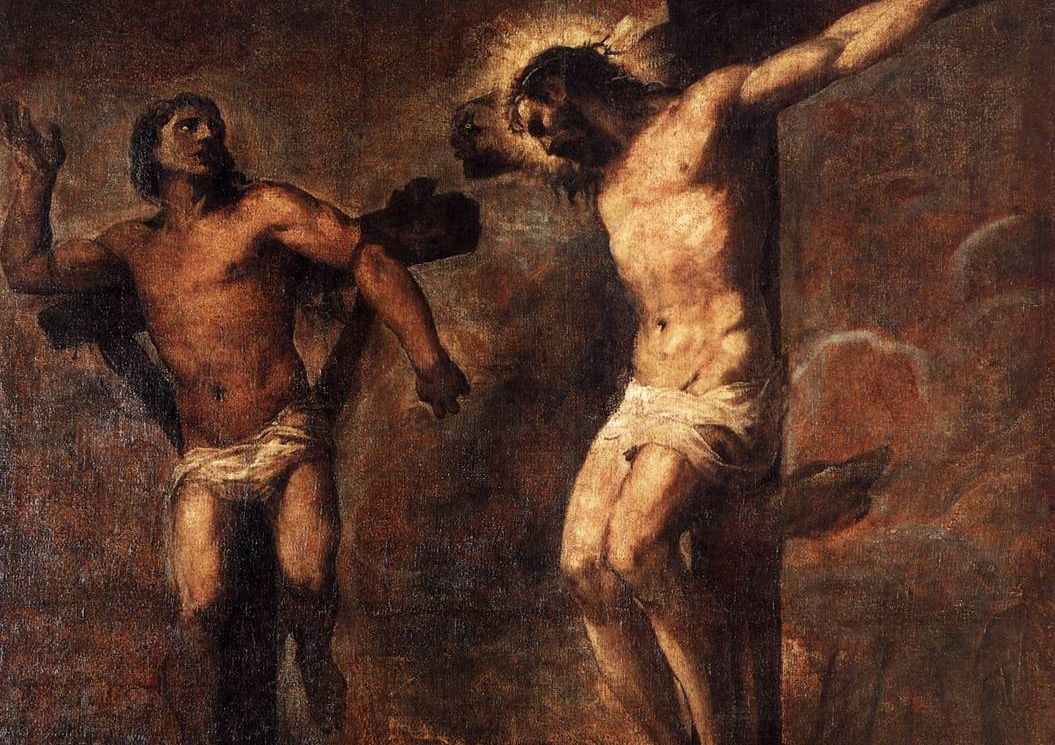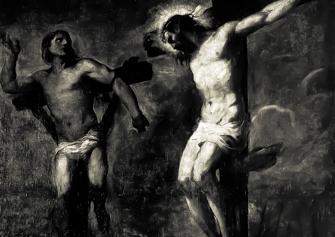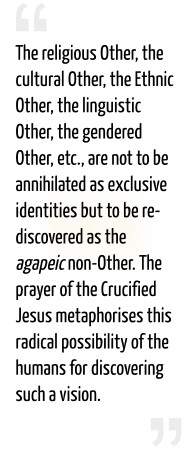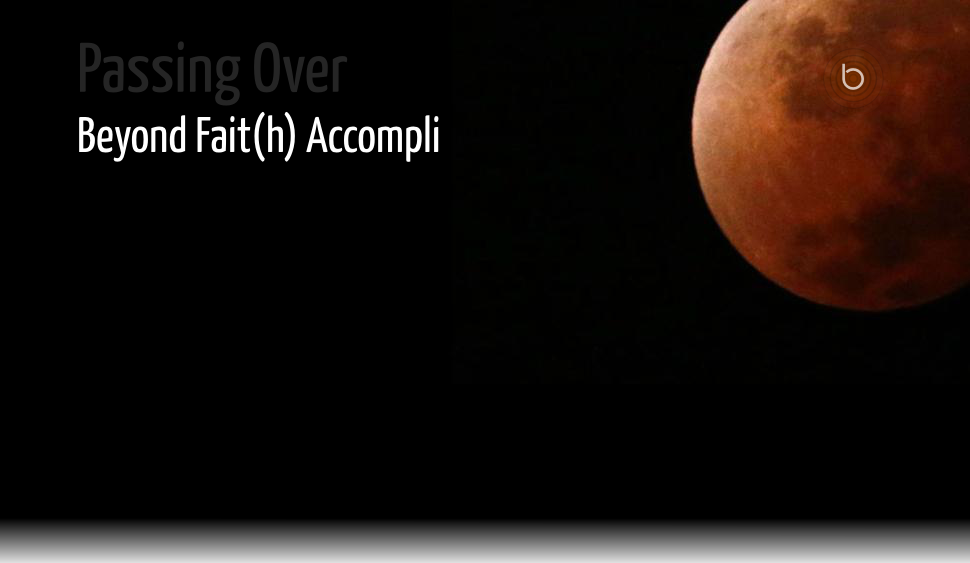
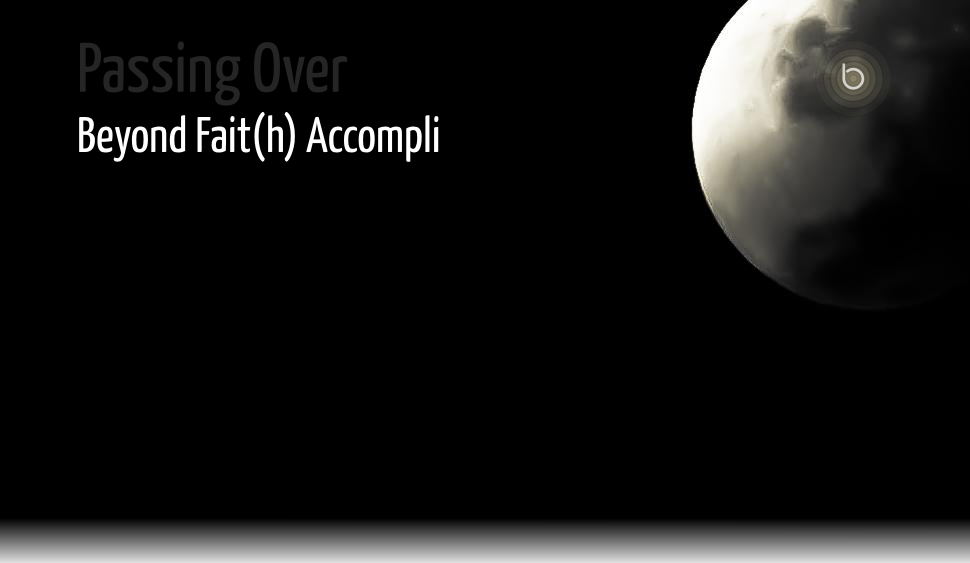
3 April 2015Eloheem l’kha yeehyéh lo panahy al ahkhéreem – “Thou shalt have no other gods before me”. First were the words, the ambiguous words. The Judeo-Christian, through the Greeks, Europe and globalisation, has come to permeate much of the values and principles of our societies today, yet their foundations, this confusing preamble carved in stone, announced a rather strict exclusivism, not so welcoming of differences. The temptation was great, and still possible, for a few centuries perhaps, to see religious texts, traditions and values, only as community-bound narratives, necessarily closed to genuine pluralism. And still, here we are, and here we have been, a real prismatic humanity finding ways and means to permit the concrete co-habitation of differences, on the ground. But these days, we find ourselves permanently gnawed at by two pulling forces. On the one hand, the religious extremisms of our leaders, surprisingly surviving and updated for the cultural climate of our days. And, on the other, a discourse of secularism imagining its birth ex nihilo a century or two ago, from the seemingly sudden realisation of the human’s existential independence from the cosmos and its gods. This is risking to overestimate the Constitutions of our present, and forget that our world history, through the unique route of each religion, was one attempting to resolve in the practice of the everyday, the number one survival need of communities: living as one, yet as many. Thus opening a new chapter of our series of reflections on Belief, LILA Inter-actions takes the occasion of Passover and Easter to look at how Judaism and Christianity, from within, can enrich and support today’s dire needs for religious pluralism. Novelist Esther David opens up the microscopic minority world of Jews in India, able to adopt flexibility and receptivity to Indian values and customs, while maintaining also its religious rites and history over the millennia. Theologian and Philosopher Devasia M. Antony comments upon the words of the Crucified Jesus, instance within an unexpectedly large body of non-dualist wisdom found across all cultures and traditions of thought, to rejoin in peace Oneself and the Other. Hold the cursor on the illustrations to display animations. |
|||||||||
Like Honey in MilkEsther David |
Forgive Them, Father!…Devasia M. Antony |
||||||||
|
|
|
||||||||
|
Soon after the Mumbai terror attacks, we were all traumatised. That was also the time when the women of the Bene Israel Jewish community had decided to participate in a food festival at the Indian Institute of Management, Ahmedabad. We were worried, but decided to go ahead with it, and it became a great success, so much so that children from our community won prizes for singing Hebrew songs and everybody was curious and excited about Jewish cuisine, and wanted to taste it. We decided to be fearless and thus we also celebrated Hanukkah, right here, in the Magen Abhraham Synagogue, situated in a communally-sensitive area of Ahmedabad, at the Khamasa crossroads. Here, we are surrounded by various communities: opposite the Synagogue is the Parsi Fire Temple, on the right is a mosque, a little ahead on the right, is a Hindu Temple and behind our temple is a Methodist church. The Synagogue is right here, in the center and we are like one big, global community. We live in harmony, according to Gandhian values of peace and non-violence. Everywhere in the world, we hear how Jews were persecuted or harassed, but here in India, we have never been persecuted, as we have always mingled with the Indian people. This feeling of serenity within is like a sponge, as we follow the laws of Judaism, Indian philosophy and Mahatma Gandhi’s idea of peace and non-violence. We have absorbed the best of what we receive from India, our motherland, even if we came from Israel, about 2000 years ago. The Magen Abhraham Synagogue,
at the crossroads of faiths, in Khamasa, Ahmedabad Indian Jews have intensely believed in the Gandhian ideology of peace and non-violence. Take for example my grandfather, who was a doctor, employed by the British Raj and who attended Bal Gangadhar’s Tilak in Pune’s Yerwada jail. As he believed in India’s freedom movement, he broke all rules and gave paper to Tilak to write. This is how he went against the law and lost his job and later came to Ahmedabad, to the land of Mahatma Gandhi. My uncle, too, followed Gandhiji’s principles of peace and freedom to such an extent that his bride, my aunt, wove a khadi sari and wore it for their wedding, just to please him. My father, who made the zoo in Ahmedabad was known for his experiments in co-existence, where animals like tigers, lions, dogs and monkeys lived together in one cage, and he included himself in this co-habitation. His photograph can be seen in the Diaspora museum in Israel. In this way, he gave a message to the world that people belonging to different religions and castes can exist together happily through the rules of co-existence. This was also in accordance to Mahatma Gandhi’s belief in peace and non-violence.
Bene Israel Jews literally means ‘the children of Israel’. They were known to have escaped from oppression, and had come to India after the fall of King Solomon’s second temple. They had fled from Israel and reached India after a shipwreck on the Konkan coast, near Bombay. Although the Jews continued to keep their Biblical names, they also adopted the name of the village they lived in. So, most Jewish names have a last family name, which is taken from the village that had adopted them. The name of the village is known as a kar, which gives an Indian or rather Maharashtrian ring to our Jewish names. Some common names are Navgaon, which became Navgaokar and Danda, which became Dandekar (which is incidentally my family name). In this way, the Jews assimilated into Indian society by taking on Indian names, Indian dresses and the Marathi language as their mother tongue. After the shipwreck, when the Jews settled in India, they adopted the occupation of pressing oil. And, as they observed Sabbath and stopped all work from Friday evening to Saturday evening, they were known as the shanvar-telis, literally meaning the ‘Saturday oil people’. There are three major Jewish communities in India. Besides the Bene Israel Jews of western India, the Jews of Cochin lived mostly in South India and have been in the sub-continent for 1800 years. The Cochin Jews built a synagogue in Jew Town, Cochin, which is world famous as a historical monument. There are about 15 Jews in Cochin. The Baghdadi Jews were into business, came to India from Iraq in the beginning of the 19th century, and were mostly concentrated in Calcutta, Poona and Bombay. There are about forty Bagdadi Jews in Calcutta. There are synagogues in Cochin, Mumbai, New Delhi, Poona and Ahmedabad. Baghdadi Jew women praying in Cochin
Prayers are read by elders in Hebrew, from books with a Marathi language script, but more recently a lot of young people are learning Hebrew at the Synagogue and reading their prayers in the ancient language. Some of them even prefer to stay in Israel for short periods, and return to India with better knowledge of Hebrew and their religion.
Jewish food speaks also volumes about our culture, as Indian Jews follow a strict dietary law saying “…Thou shall not cook the lamb in its mother’s milk…” So, many Jews are vegetarian, and if they do eat meat dishes, there are separate plates for milk and meat. Fish without scales and pork are taboo. On their arrival in India, Jewish women must have decided that instead of dairy products, coconut milk worked as a perfect substitute for milk. This is how Maharashtrian food began influencing Jewish cuisine. There is a famous story about the arrival of Parsis in India. When they came to Gujarat, the king sent them a bowl of milk. Immediately, the Parsis added some sugar to the milk and sent it back to the king. It meant that they would mix in India, in the same way that sugar melts in milk. Similarly, we Jews have also mixed in India… like honey in milk. |
In the Gospel of Luke, the crucified Jesus makes a deep prayer out of excruciating pain and agony: “Forgive them, Father! They do not know what they are doing.” To my mind, this is a radical kairos-oriented response (kairos: a moment of indeterminate time, as distinguished from kronos, of sequential time) to primordial violence, and to the radical evil resulting from the human imagination that constructs idols of the Self and its Other. A little reflection on the ‘everydayness’ of our human habitat, both globally and locally, would portray this truism that the contemporary human predicament is certainly constituted by, intriguing myriad forms of violence. The logical culmination of this spiral of violence would be annihilation, not only of the perpetrators and of the victims, but also of the silent spectators, not only that of the human species but also of other species that make up this vast universe. This is what nihilism in its crudest form offers us. Kairos
Introspectively, one might pause this question at this juncture: is there a way out? Certainly, there is no easy answer, which is what our existentially-lived matrix of everyday life teaches us. It is here, I believe, that the prayer of the crucified Jesus becomes a paradigmatic response both spiritually and philosophically. In a unique sense it is existentially authentic, ethically responsible as well as ecologically nurturing.
Reflectively speaking, one might say that the very possibility of human experience and its articulation come within the horizon of the twin categories of the Self and its Other, denoting binary conceptions, such as identity and difference, presence and absence, etc. One may further contend that human experience per se is not problematic. The contested domain is the very nature and employment of conceptual categories that the humans use in explicating their embodied experience. Depending upon one’s conceptual construct, two directions seem to open up. One can either absolutise the nature and employment of these categories, and consequently land up in the whirlpool of exclusivism/exclusive predication of one kind or another. Or else, one can look at these conceptual categories as heuristic and therapeutic in nature, and remain ever open in radical contemplative silence to the transcendence that cannot be exhaustively predicated upon, by these binary categories. This, to my mind, leads one to healthy inclusivism, which is fundamentally different from syncretism and relativism. The poetic whisper of the Rig Vedic Sage, “ekam sat, vipra bahudha vadanti” (“Truth is One, the learned speak of it in different ways”); the distinction made by the Buddhist philosopher Nagarjuna between Kalpana (conceptual construction producing the environing world in which we inhabit) and Prajna (the intuitive and non-dichotomous vision of truth/reality/nirvana); the thesis of the Buddhist philosopher Dignaga, that perception is only Svalaksana (bare sense-experience), which is fundamentally devoid of any conceptual construction or Samanya-laksana (Kalpana–Podham Pratyaksam); the distinction Svarupalaksana–Tatasta Laksana (the essential and non-essential definitions of Brahman) advanced by the Hindu Advaitin philosopher Adi Samkara; the arguably utopian notion of non-violence/ahimsa available in Jainism (Mansa-Vaca-Karmana, in thought-word-deed); the distinction brought in by Plato between opinion and knowledge; and the twin notions of immanence and transcendence, contemplation and action available in picturing reality and schematising human experience in the disciplines of philosophy and theology across cultures – all these, to my mind, are significant attempts at comprehending such an inclusive understanding of reality and experience. Here, the significant factor is that both the Self and its Other, identity and difference, are acknowledged but the temptation to privilege or idolise one category over the other is discernibly nullified by what I might call not orthodoxy, but orthopraxis, where contemplation and action, body and soul, life and death interweave in the symphony of kenosis, in the womb of creation. This is what I call the unique mode of kairological moment, where explanation gives way to understanding, where difference and identity are not seen as life threatening in either/or categories but as agapeic imageries (Agape in Greek is to be distinguished from Eros and Philia) where radical violence/evil is eschewed and in its place radical love/non-violence is born. The ‘goof thief’
Violence, then, along with its myriad colours is abandoned; mutual fecundation rooted in agape becomes the existential logic of life. The religious Other, the cultural Other, the Ethnic Other, the linguistic Other, the gendered Other, etc., are not to be annihilated as exclusive identities but to be re-discovered as the agapeic non-Other. The prayer of the Crucified Jesus metaphorises this radical possibility of the humans for discovering such a vision. Here, kenosis (radical self-emptying symbolised by Jesus’ death on the Cross) becomes co-terminus with kairos (the opportune/divine moment for the re-discovery). That means ‘Good Friday’ is symbiotically non-different from the ‘Easter Sunday’! Hence this transformatively subversive dialogue of the crucified Jesus with the so-called ‘good thief’: “I promise you that today you will be in Paradise with me.” But this pauses an existential challenge: where shall we encounter this ‘good thief’ today? |
||||||||
|
Esther David is an author residing in Ahmedabad, Gujarat. Writing in English, she weaves her stories around the Bene Israel Jewish community of India. Esther David has received the Sahitya Akademi Award for 2010 for English Literature from the Government of India, for The Book of Rachel (2006). An alumna from the Faculty of Fine Arts, Maharaja Sayajirao University, Vadodara, Gujarat, she has also been a sculptor, an art critic (writing for the Times of India) and she often teaches Art Appreciation at CEPT University, Ahmedabad. She was chairperson, Gujarat State Fine Arts Academy, and she also illustrates her own novels.
|
Antony M. Devasia teaches Philosophy at Hindu College of the University of Delhi. His training has been in philosophy, comparative religion and theology. His research interests include Hermeneutics of Religious Language, Advaita Vedanta of Samkara, Madhyamaka Shastra of Nagarjuna, Continental Philosophy and Philosophy of Pluralism. He has published over twenty research articles in various journals and books and has presented over twenty-five research papers in various conferences, seminars and workshops. He is currently the General Secretary of the Indian Association for the Study of Religions (IASR), Life-Member of the Indian Philosophical Congress (IPC) as well as member of the Association of Christian Philosophers of India (ACPI).
|
||||||||
Disclaimers: The opinions expressed by the writers are their own. They do not represent their institutions’ view.
LILA Inter-actions will not be responsible for the views presented.
The images and the videos used are only intended to provide multiple perspectives on the fields under discussion.
Images and videos courtesy: Forbes | Welcome to Ahmedabad | JWA | Francesco Salviati | Catholic
Voice courtesy: Samuel Buchoul & Shriyam Gupta
Share this debate… |
… follow LILA… |
||||

